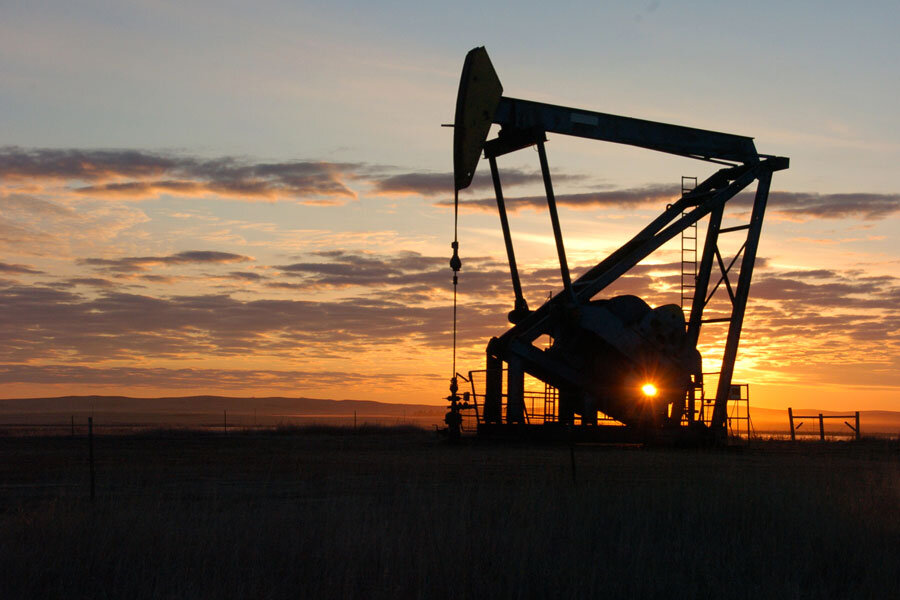Energy Dept. to build nation's first gasoline storage reserves in Northeast
Loading...
The US Energy Department plans to build the nation's first gasoline storage reserves in two Northeast locations, Ernest Moniz, the Energy secretary, announced Friday. The plan is part of the federal government’s effort to prevent another gasoline shortage on the scale of the one that unfolded in New Jersey and New York after superstorm Sandy lashed the region’s coastal refineries and shut down gasoline distribution terminals in the area.
The two reserves, one of which will be near New York Harbor and the other in New England, will hold 500,000 barrels of gasoline, which the government says would be enough to provide short-term relief in the event of disaster. Work on the reserves is expected to begin late this summer.
Superstorm Sandy barreled through the Northeast in October 2012 and left in its wake two wrecked oil refineries, dozens of shuttered oil transport terminals, and countless empty gas pumps and silent generators.
At some gas stations, the line of people waiting to fill their cars’ tanks or collect gas for generators had stretched up to a mile long. Significant police presence had to be deployed to such stations to keep simmering impatience – not helped by the cold or by worries about damage and bills back home – from boiling into violence.
“The sudden, massive gas supply shortage after Superstorm Sandy resulted in interminable [lines and] panic and delivered a gut shot to the region's economy,” said New York Sen. Charles Schumer (D) in a statement. “That's why we called for regionally-placed reserves to ensure an uninterrupted fuel supply in the event of future storms like Sandy.”
The project is an expansion of the Energy Department’s current Strategic Petroleum Reserve plan, which is capable of storing up to 727 million barrels of crude oil, but does not store gasoline. Those reserves, kept in 500 salt domes along the Gulf Coast, were built after the Arab League’s oil embargo in 1973 curtailed the flow of oil to the United States. The reserves have so far been opened three times: during the Persian Gulf War in 1991, after hurricane Katrina in 2005, and during the Arab Spring in 2011.
The new Northeast gas reserves are also among the first steps in President Obama’s Climate Action Plan, an ambitious effort to prepare America’s energy infrastructure for the effects of climate change. Last year, an Energy Department report found that the nation’s “fossil, nuclear, and existing and emerging renewable energy sources” were all under threat by climate change. Among the risks identified in the report was the possibility of stronger storms, much like superstorm Sandy, which could flood oil refineries along the coasts at increasing frequencies.






